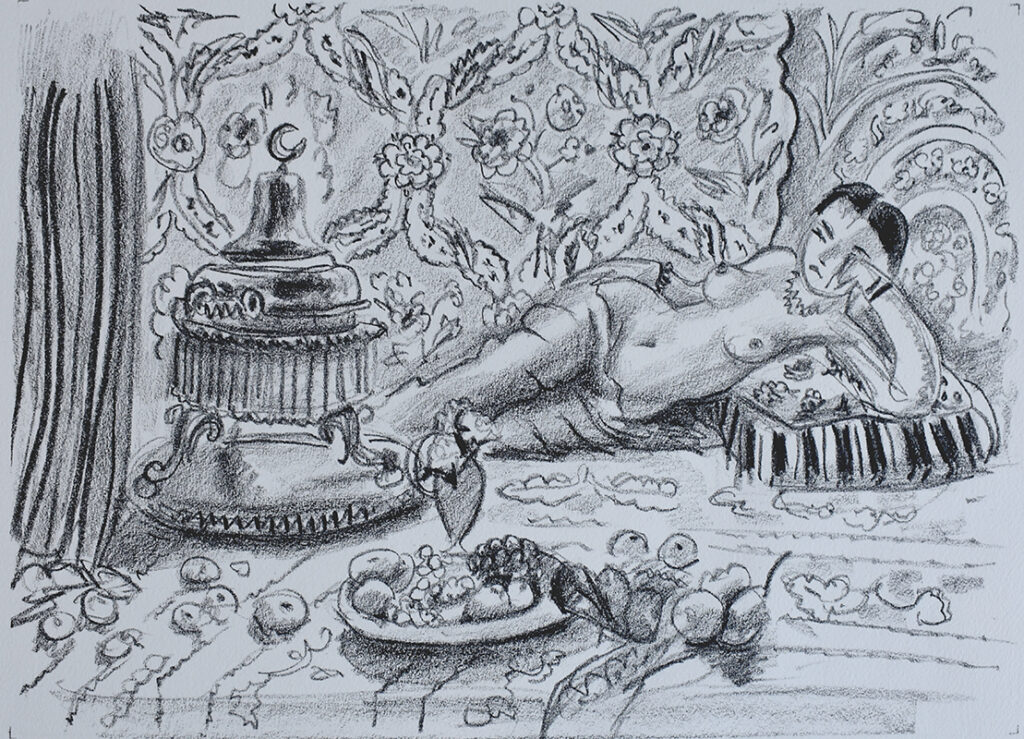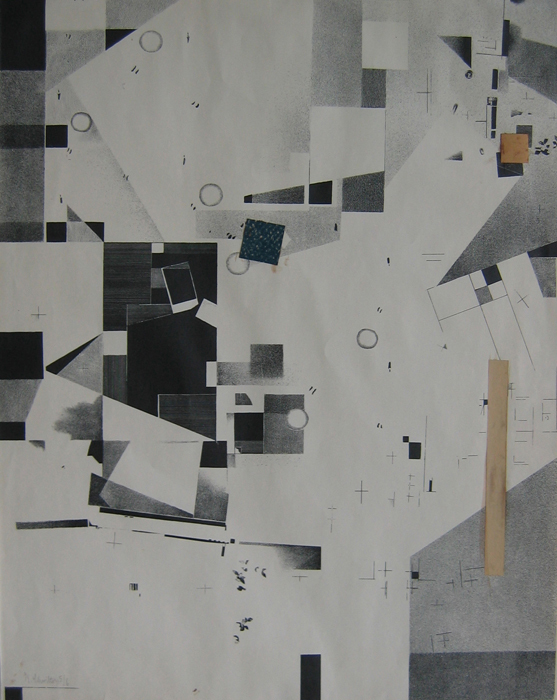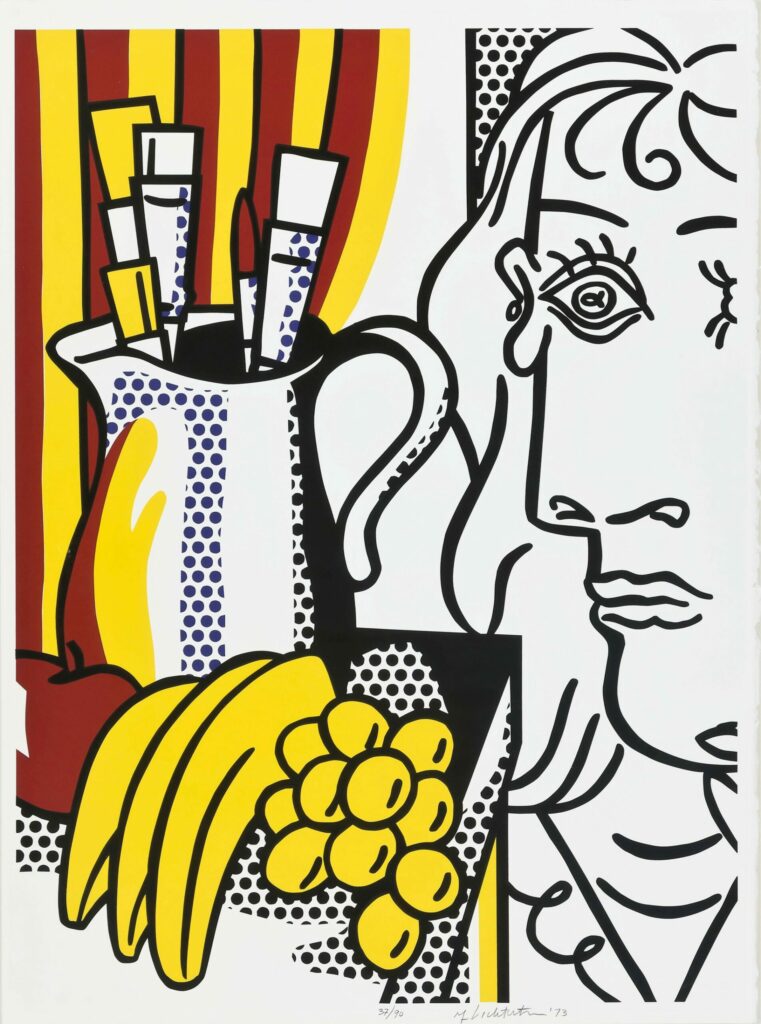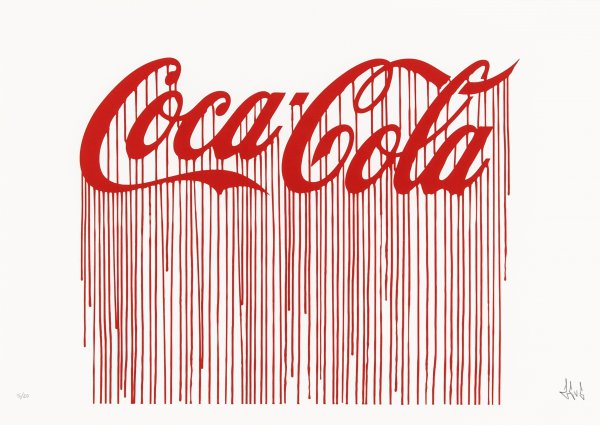Appropriation of Art
Appropriation of art is the use of pre-existing objects or images with little or no transformation applied to them. The use of appropriation has played a significant role in the history of the arts. Appropriation, similar to found object art is “as an artistic strategy, the intentional borrowing, copying, and alteration of preexisting images, objects, and ideas”. It has also been defined as “the taking over, into a work of art, of a real object or even an existing work of art.”
Many artists made references to works by previous artists or themes. In early modern art, Edouard Manet painted the Olympia (1865) inspired by Titian Venus of Urbino. Vincent van Gogh can be named with the examples of the paintings he did inspired by Jean Francois Millet, Delacroix or the Japanese prints he had in his collection. In 1889, Van Gogh created 20 painted copies inspired by Millet black-and-white prints. He enlarged the compositions of the prints and then painted them in colour according to his own imagination. Claude Monet, a collector of Japanese prints, created several works inspired by these such as The Garden at Sainte-Adresse, 1867 inspired by Fuji from the Platform of Sasayedo by Katsushika Hokusai.

In the early twentieth century, Pablo Picasso and Georges Braque appropriated objects from a non-art context into their work. The Dada movement continued to play with the appropriation of everyday objects and their combination in collage. Dada works featured deliberate irrationality and the rejection of the prevailing standards of art. Kurt Schwitters shows a similar sensibility in his “merz” works. During his Nice Period (1908–13), Henri Matisse painted several paintings of odalisques, inspired by Delacroix Women of Algiers.

The Surrealists, coming after the Dada movement, also incorporated the use of ‘found objects’, such as Salvador Dalí’s Lobster Telephone (1936). These found objects took on new meaning when combined with other unlikely and unsettling objects.
In the 1950s, Robert Rauschenberg used what he dubbed “combines”, combining readymade objects such as tires or beds, painting, silk-screens, collage, and photography. Similarly, Jasper Johns, working at the same time as Rauschenberg, incorporated found objects into his work.
In the early 1960s artists such as Claes Oldenburg and Andy Warhol appropriated images from commercial art and popular culture as well as the techniques of these industries with for example Warhol painting Coca-Cola bottles. Called “pop artists”, they saw mass popular culture as the main vernacular culture, shared by all irrespective of education. These artists fully engaged with the ephemera produced from this mass-produced culture, embracing expendability and distancing themselves from the evidence of an artist’s hand. Among the most famous pop artists, Roy Lichtenstein became known for appropriating pictures from comics books with paintings such as Masterpiece (1962) or Drowning Girl (1963) and from famous artists such as Picasso or Matisse.

Jeff Koons gained recognition in the 1980 by creating conceptual sculptures The New series, a series of vacuum-cleaners, often selected for brand names that appealed to the artist like the iconic Hoover, and in the vein of the readymades of Duchamp. Later he created sculptures in stainless steel inspired by inflatable toys such as bunnies or dogs.
Appropriation is frequently used by contemporary artists who often reinterpret previous artworks such as French artist Zevs who reinterpreted logos of brands like Google or works by David Hockney. In 2014 Richard Prince released a series of works titled New Portraits appropriating the photos of anonymous and famous persons (such as Pamela Anderson) who had posted a selfie on Instagram.The modifications to the images by the artist are the comments Prince added under the photos.

Appropriation art has resulted in contentious copyright issues regarding its validity under copyright law. The U.S. has been particularly litigious in this respect. A number of case law examples have emerged that investigate the division between transformative works and derivative works.


